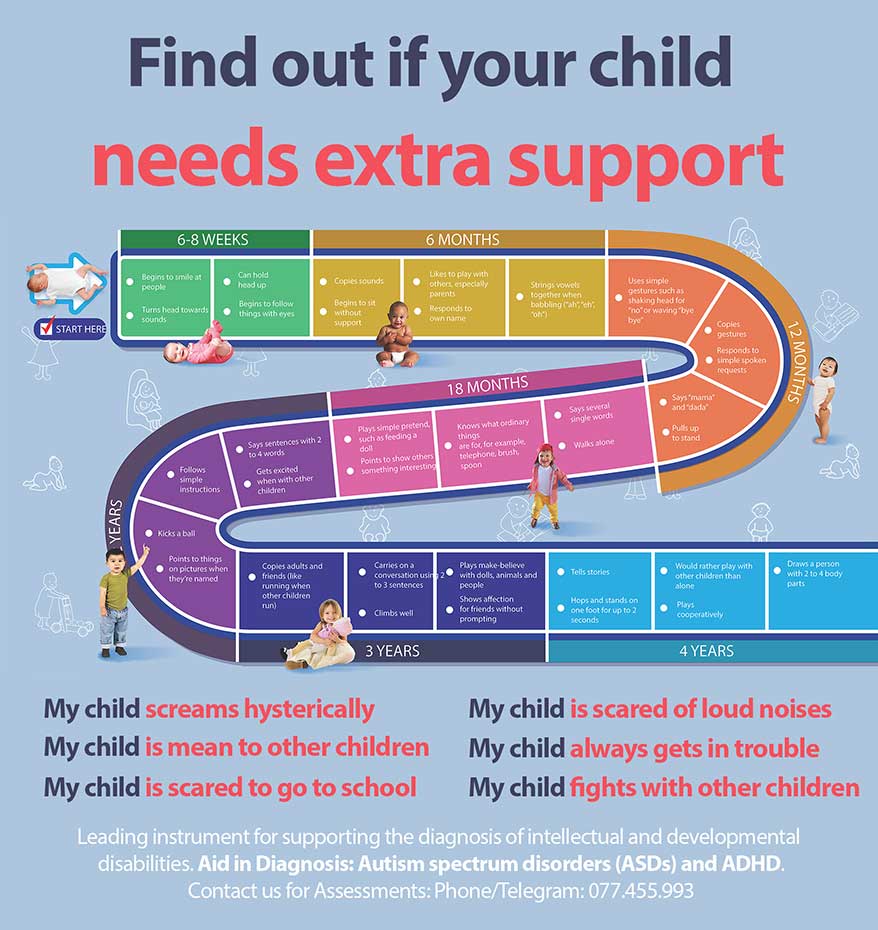Tantrums are a common childhood behavior, but they can be particularly challenging for children with autism spectrum disorder (ASD). This is because children with ASD may have difficulty communicating their needs and feelings, and they may be more sensitive to sensory stimuli. As a result, they may be more likely to experience meltdowns, which are similar to tantrums but are caused by sensory or emotional overload.
What are Meltdowns?
Meltdowns are a way for children with ASD to express their overwhelming emotions or sensory overload. They can be triggered by a variety of factors, such as loud noises, bright lights, crowded spaces, or changes in routine. During a meltdown, a child may cry, scream, hit, or throw things. They may also withdraw from social interaction and become unresponsive.
What are the Differences Between Tantrums and Meltdowns?
While tantrums and meltdowns can look similar, there are some key differences between the two. Tantrums are typically goal-oriented, meaning that a child is having a tantrum because they want something. Meltdowns, on the other hand, are not goal-oriented. They are a child’s way of expressing overwhelming emotions or sensory overload.
| Feature | Tantrum | Meltdown |
|---|---|---|
| Goal-oriented | Yes | No |
| Cause | Frustration or anger | Sensory or emotional overload |
| Duration | Shorter | Longer |
| Control | Child can control their behavior | Child cannot control their behavior |
| Response to discipline | Responds to discipline | Does not respond to discipline |
How to Help a Child During a Meltdown
It can be challenging to help a child during a meltdown, but there are a few things you can do to make the situation easier for both of you:
- Stay calm and reassuring. Do not yell or try to punish the child.
- Remove the child from the situation that is triggering the meltdown. If this is not possible, try to reduce the sensory input by dimming the lights, turning off music, or providing a quiet space.
- Offer the child comfort and support. You can try to provide them with a sensory toy, such as a fidget spinner or a weighted blanket.
- Be patient. Meltdowns can last for several minutes or even hours.
Preventing Meltdowns
There are a few things you can do to help prevent meltdowns:
- Identify your child’s triggers. Once you know what triggers your child’s meltdowns, you can start to avoid or minimize those triggers.
- Create a predictable routine. Children with ASD thrive on routine. Having a predictable routine can help to reduce anxiety and stress.
- Teach your child coping skills. There are a number of coping skills that can help children with ASD manage their emotions and sensory overload.
OrbRom Center: Your Partner in Autism Support
At OrbRom Center, we understand the unique challenges faced by individuals with ASD and their families. Our team of experienced professionals provides comprehensive autism services. Together, we can empower individuals with ASD to thrive and reach their full potential. Contact OrbRom Center today to embark on a journey of understanding, support, and success.
Find out if your child needs extra support today!
- My child screams hysterically
- My child is mean to other children
- My child is always worried
- My child is scared to go to school
- My child is scared of loud noises
- My child doesn’t know how to read
- My child is scared to play outside
- My child does not respond to his name
- My child always gets in trouble
- My child fights with other children
- My child doesn’t know how to count
If you are concerned about your child’s development, contact us for Assessments: Phone/Telegram: 077.455.993 – Telegram Link: https://t.me/OrbRom
If you are concerned about your child’s development, contact us for Assessments.
Phone/Telegram: 077.455.993 Link: https://t.me/OrbRom






Leave A Comment